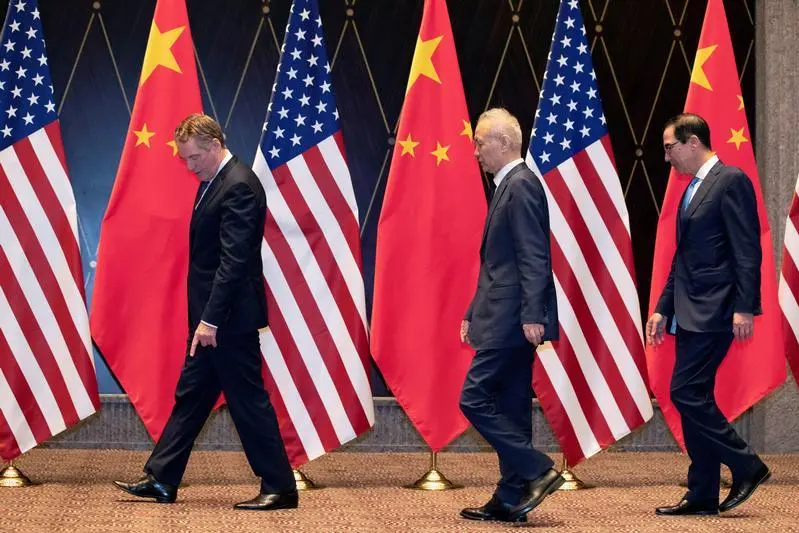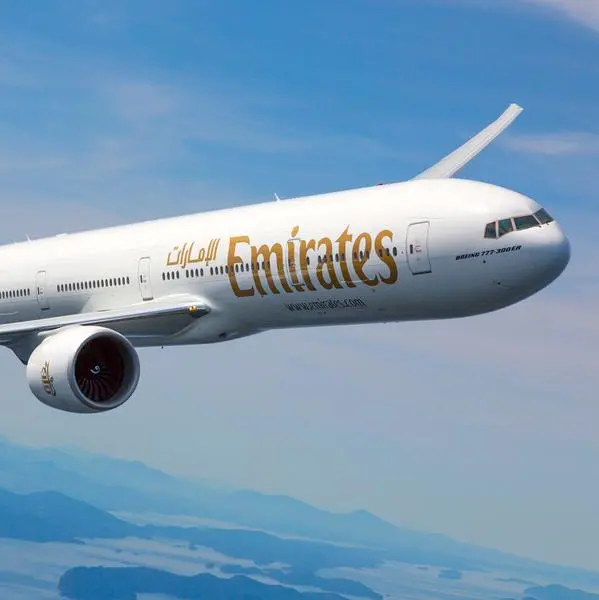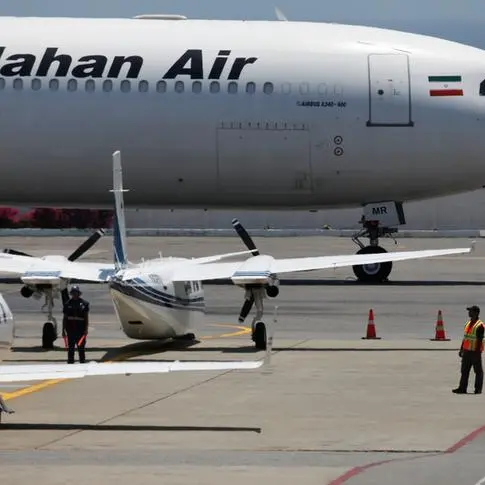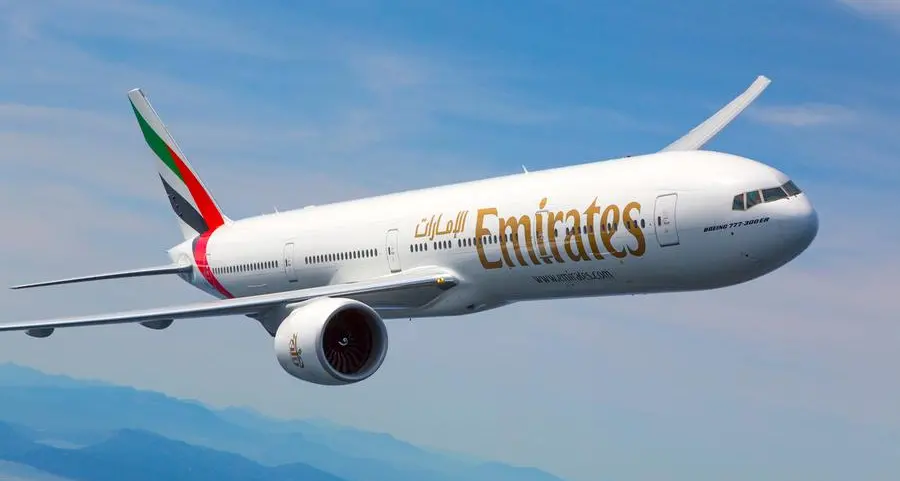PHOTO
(John Kemp is a Reuters market analyst. The views expressed are his own)
LONDON- International negotiations may not always aim to reach an agreement but instead can seek to stabilise the status quo and prevent a further worsening of relations.
"Jaw, jaw is better than war, war," as Britain's then Prime Minister Harold Macmillan put it in 1958.
At the G20 summit in June, the United States and China decided to hold more negotiations in their trade dispute rather than inflict further rounds of tariffs and other punitive economic measures.
If the negotiations prevent a further escalation of the economic conflict, while both economies absorb recent blows, they will have served a useful purpose for both governments.
The United States refrained from increasing tariffs on the remainder of imports from China and signalled it would ease its economic blockade on China's Huawei telecoms company.
In return, China indicated it would resume buying some U.S. agricultural products and said it was willing to resume trade talks that had broken down in May.
Neither side seems confident of progress in the short term, with discussions resuming mostly in the format of procedural talks about talks.
ON THE BRINK
Rising tariffs and heightened business uncertainty have pushed the manufacturing sector of both the United States and China close to recession.
The fallout from the U.S.-Chinese conflict has also caught manufacturers, exporters and commodity producers across Europe and the rest of Asia in the crossfire.
The broader global slowdown is in turn rebounding on activity in the United States and China, a point the U.S. Federal Reserve highlighted on Wednesday when it cut interest rates and terminated its bond sales programme early.
The Federal Open Market Committee cited "the implications of global developments for the economic outlook," as well as persistently low inflation, in explaining its decision.
In June, U.S. manufacturers reported a marginal expansion in activity, but it was the smallest increase since the mid-cycle slowdown of 2015/16, according to the Institute for Supply Management (ISM).
In July, businesses in Chicago reported a sharp drop in regional activity, with activity falling at the fastest rate since December 2015 and before that the recession of 2008/09, according to the ISM’s local affiliate.
The Chicago purchasing managers' survey is a useful leading indicator for the national survey and suggests national activity is likely to weaken further in the near term.
Eurozone manufacturers, caught between the United States and China, reported their activity contracted at the fastest rate for six years in July.
Eurozone manufacturers have now reported a decline in activity for six consecutive months, the worst performance since 2013. In China, manufacturing activity has fallen in six out of the last eight months, according to the government-run purchasing managers' survey.
Other indicators point to a deep and worsening slowdown.
China's internal freight volumes were up by less than 5% in April-June compared with the same period a year earlier, and by just 1% in the month of June.
China's motor vehicle output was down by almost 19% in April-June compared with a year earlier, according to the National Bureau of Statistics.
Global motor vehicle production declined 1% last year, the first fall since the recession of 2008/09, and looks set to drop again in 2019, given that China is the world’s largest automaker.
Motor manufacturing is one of the world's largest industries, so the slump is spreading through the supply chain to parts makers, raw-materials producers and services providers.
Similar pressures are evident in the softening market for heavy industrial machinery and other major manufacturing sectors.
Faltering manufacturing output is translating into a slowdown in worldwide freight movements and consumption of diesel and other middle distillate fuels.
ESCALATION PAUSE
Neither the United States nor China can be sure that a further escalation of their conflict will not turn the current slowdown into a full-blown recession.
Economic conflict has led to a hardening of elite and public opinion in both countries, with an increase in nationalism and determination not to surrender.
Taking a tough stance in the trade negotiations is therefore an increasingly popular strategy for both governments and neither wants to display weakness.
But if the economic conflict worsened and pushed the economy into a recession, with job losses and declining incomes, neither leader can be certain how elite and public opinion would react.
Conflict usually hardens rather than softens opinion, with opponents blamed, but it presents unpredictable risks which top leaders tend to dislike.
So both sides have an incentive to reach an "escalation pause" and try to prevent further widening or deepening of their conflict ("On escalation", Kahn, 1965).
The purpose of relaunching the negotiations is not because either side thinks outstanding differences can be resolved quickly but to provide political cover to pause the tit-for-tat tariff battle.
Negotiations need to generate enough positive atmospherics to justify a pausing the tariff war, stabilising the status quo and avoiding pushing the two economies any closer to the brink.
In time, they might build enough trust and goodwill for both sides to show some flexibility, though that appears unlikely in the foreseeable future.
For the moment, both sides are trying to establish rules for a "limited conflict" short of total economic warfare.
If the negotiations break down again and more tariffs and punitive economic measures are imposed, one of the two or more likely both economies will go into recession, so there is a strong incentive to keep talking.
(Editing by Edmund Blair) ((john.kemp@thomsonreuters.com and on twitter @JKempEnergy))












